
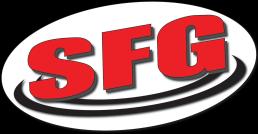




















Kyle Smith President


As we continue through harvest, I want to take a moment to thank our employees, customers, and community for your continued trust in Smith Fertilizer & Grain. This time of year always reminds us of the dedication it takes from everyone in the field, at our locations, and on the road to keep things running smoothly.
This fall has also been one of reflection and gratitude for our family. In August, we lost my father, Max Smith a founder, mentor, and the heart of SFG for more than four decades. Our family is deeply thankful for the outpouring of support we received from friends, customers, and partners across the region. It’s been a humbling reminder of the impact he had not only on this business, but on the people and communities he served.
As we look ahead, our mission remains the same: to honor the values Dad built SFG on hard work, integrity, and service while continuing to grow and innovate for our customers. From advancements in our agronomy programs to new feed products like the SFG Stress Mineral, and strong momentum in our grain and deicing divisions, I’m proud of the teamwork and progress happening across every part of our company.
Thank you for being part of the SFG family, and for allowing us to continue doing what we love serving the people and communities that make agriculture what it is today.











Derrick Hoodjer



As the 2025 harvest winds down across South Central Iowa, we at Smith Fertilizer & Grain are taking time to reflect on what we’ve learned this season. Our goal is simple: take those insights, reduce future losses, and push yields as we look toward 2026.
Some of the hottest topics this harvest have been fungicide use, soybean maturity, and corn hybrid standability. Overall, fungicides have delivered some of the biggest returns we’ve ever seen, while we’ve also observed key differences in yield performance across soybean maturities and corn hybrids. Below, we outline a few major takeaways from the 2025 growing season.
This year, one-pass fungicide applications stood out as a clear win. In several field trials, we saw yield increases of 40 to 70 bushels per acre in treated areas compared to untreated areas within the same field. Drone imagery taken before harvest showed visible differences in plant health. Not only did fungicide-treated corn yield significantly better, but it also maintained plant health longer, allowing for improved grain fill and greater harvest moisture.
Even more impressive were the two-pass fungicide results. In trials comparing one-pass vs. two-pass programs, we recorded over 20 bushels per acre advantage with the second pass, even when the late application occurred as late as August 2, well into the dent stage.

Key takeaway: If we experience 10 or more inches of rain and above-average nighttime temperatures in July, a late-season fungicide application is very likely to pay off.
This marks the second consecutive year that a 2.9 maturity soybean has either been our top yielder or performed on par with later Group 3s. While this trend isn’t typical for our area, these earlier beans offer an important benefit: less reliance on late rains and the ability to harvest earlier, often by mid-September.
We’re not ready to make a complete shift to early soybeans or harvest beans before corn like they do further north, but this does challenge the status quo. The yield potential of 2.9s has opened the door to rethinking maturities as we plan for 2026.
Overall, we’re very pleased with soybean yields. Field averages have consistently hit the mid-60s to mid-70s, with some fields even pushing into the upper 70s. This has been a bright spot in a year of lower commodity prices.
Corn yields have been strong, though slightly down from last year, around 20 bushels lower on average. Much of that is attributed to southern rust pressure and excess moisture, which doesn’t favor our high clay-content soils. That said, our mainstay hybrids from Dekalb and Croplan have continued to perform well.
Dekalb 66-06 and 68-35 have been standouts, even in tough conditions. We’ve seen 300-plus bushel checks, and while DKC 6606 took a hit from southern rust, it’s still produced some of the highest yields on the farm.
Looking ahead, DKC 112-12 is showing promise. It brings strong yield potential, good plant health, and features the Trecepta trait, offering extra protection against corn earworm.
These hybrids are proving that even in high-disease, high-water years, genetic resilience and good management can still deliver strong returns.
Continued on next page


Continued from previous page
Even with the challenges, our growers are having a solid 2025 harvest, and we’re already thinking ahead. Now is the time to jot down what worked and what didn’t, from fungicide timing to hybrid and maturity selection, and bring those notes to your fall planning meetings with your SFG agronomist.
With tight margins and low commodity prices, we know we’ll need to sharpen the pencil and make every decision count in 2026. At SFG, service is our specialty, and your success is our success.
As always, don’t hesitate to reach out to your agronomist or anyone on the Smith Fertilizer & Grain team. Let’s use what we’ve learned to make 2026 our most successful crop yet!















Brandon Blommers


As harvest wraps up, it’s time to start thinking about cows heading out on corn stalks. They’ll need extra protein to help digest the stalks and make the most of the nutrients available. We offer several great options, including the Crystalyx HE-20 protein tub, the Kent 32% protein tub, or the Crystalyx BGF 30, which combines both protein and mineral in one convenient tub.
If you’re entering the last trimester before calving, it’s especially important to make sure cows have access to a high-quality mineral and plenty of good hay. Proper nutrition at this stage helps support calf development and smooth calving later on. It’s a busy time of year in the field, but adding a limitor to your corn and using creep feeders can help save time and reduce labor demands.
Fall brings big changes for calves. Between weaning, cooler weather, and dusty lot conditions, getting them started on feed the right way is essential for keeping them healthy and gaining weight.
Stress tubs are a great option to support gut health and boost the immune system. The elevated vitamins and minerals help maintain a stable gut pH, while increased saliva and enzyme production encourage calves to keep eating. Even the more timid calves will lick the tubs, get their rumen working, and move to the bunk. We also offer stress pellets, which can be added to your grain mix or fed as a complete diet for the first two weeks after weaning to help calves transition smoothly.
We’re excited to introduce our new SFG Stress Mineral. This 6ounce mineral blend contains elevated vitamin levels and added sodium bicarbonate to help maintain proper pH and prevent acidosis. It’s an excellent choice for incoming calves in the feedlot or for cows grazing corn stalks where some grain may be present.
If you’d like help formulating rations for weaned calves or cows on stalks, give us a call! We can create custom diets and provide batch sheets for those using TMR mixers.

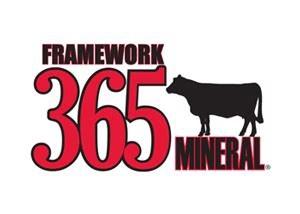
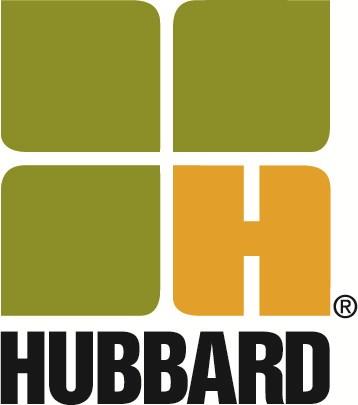











President Trump has acknowledged that his tariff policies have hit agriculture especially hard and says he intends to support farmers through direct payments funded by tariff revenues. An announcement is expected soon outlining how much support each crop sector will receive.



Last week was another active harvest week across the Midwest. Warm, dry weather has accelerated crop maturity and allowed producers to push hard through harvest. Just three weeks ago, some were struggling to find crops dry enough to run, but now many are finding corn and beans have dried too much. Corn dryers may be parked for the season as conditions look similar to last year.
Just before the government shutdown, the USDA released its September stocks report. The numbers were bearish for corn, with stocks estimated 200 million bushels higher than trade expectations. To reach that figure, USDA revised the 2024 corn yield higher, pushing ending stocks to 1.532 billion bushels. That now becomes the starting point for the new crop year.
Had the government not shut down, the October WASDE report would have been released with updated yield numbers. With that now delayed, the market will trade on the loudest headlines instead of solid data.
The soybean side of the report was slightly more supportive, lowering carryout by about 9 million bushels to 316 million. However, yield reports have been stronger than expected, and without fresh demand from China, the bean market could face headwinds ahead.
In the long term, the industry needs more than temporary relief. We need expanded markets and new uses for our grain. California’s recent approval of E15 sales could help open doors for higher ethanol blends, though year-round adoption has been slow. Clean aviation fuel has been touted as the next big biofuel opportunity, but progress has stalled amid debate over tax credits. Meanwhile, Brazil continues to expand production and strengthen its hold on global grain markets.
In the end, direct payments may help in the short term, but lasting solutions will come from innovation, market expansion, and stronger support for American-made products. The U.S. leads the world in agricultural production and food processing, and it is time we were rewarded for it.

Tune in weekdays at noon to 96.7 KIIC for the latest market news, sponsored by Smith Fertilizer & Grain!














As we move into the upcoming winter season, the SFG Road Maintenance team is already off to a strong start. Our department has been actively selling Beet 55, Beet 55+, Lightning, and Beet Salt to a wide range of customers including state Departments of Transportation, municipalities, and private contractors ahead of the official start of winter.
Early sales have positioned us well for a successful season, ensuring our partners are stocked and prepared for the first signs of snow and ice. Our proactive approach and strong customer relationships continue to reinforce SFG’s reputation as a reliable, responsive supplier in the winter maintenance market.
As demand ramps up in the coming months, we remain focused on meeting customer needs efficiently, maintaining product quality, and supporting safe winter operations across the regions we serve.
If anyone has questions about how our products can enhance your winter operations or support your customers, please don’t hesitate to reach out to the SFG Road Maintenance team. We’re happy to share insights and provide solutions tailored to your needs.
I’m excited for what’s ahead and look forward to a strong, successful winter together.

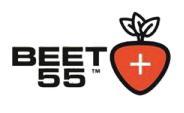
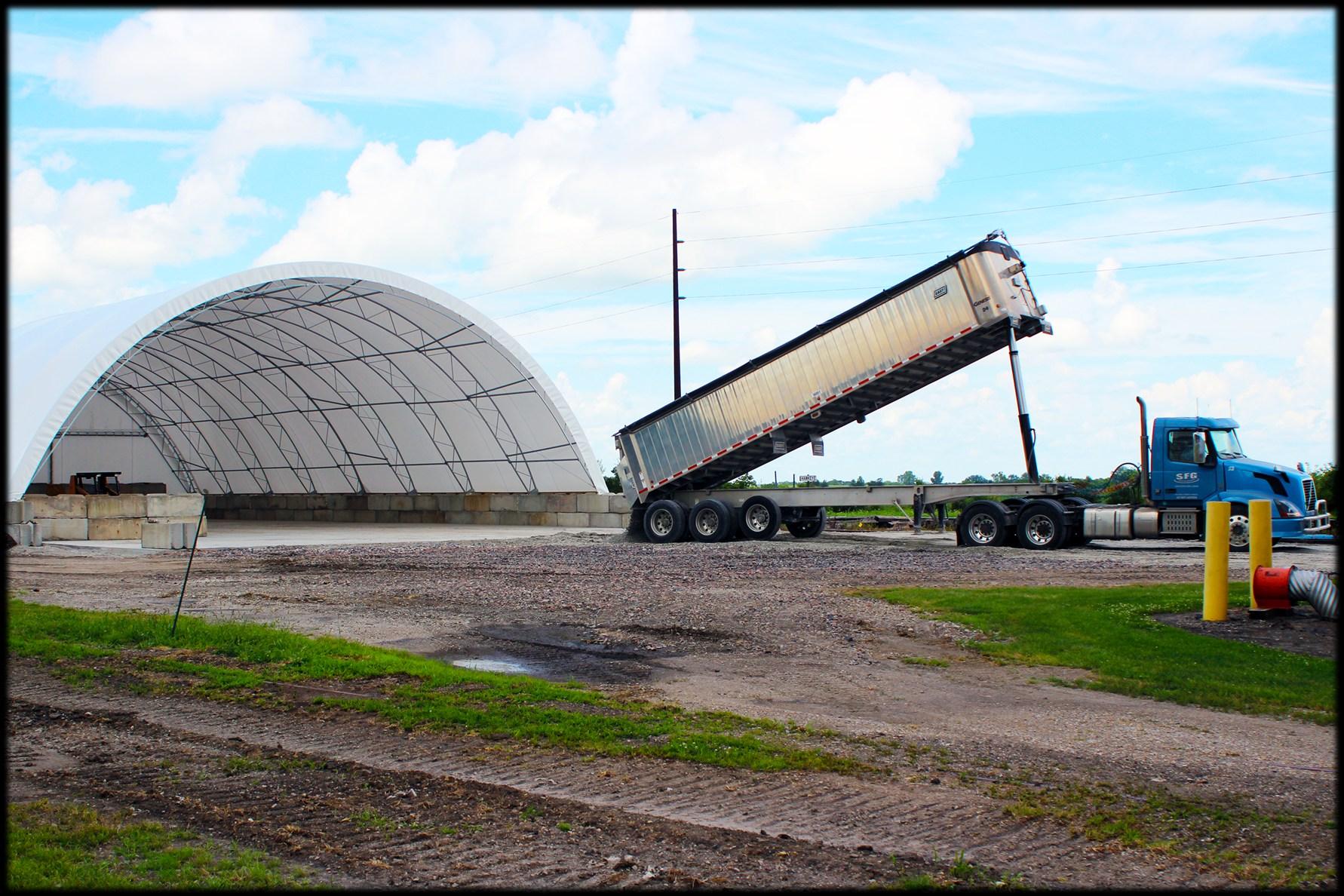

Jason Jensen, Northwest Agronomy District
JasonJ@SFGIowa.com
641-891-9323
Clark, Lucas, Western Marion, Western Polk, and Warren Counties

Greg Willer, Northeast Agronomy District
GregW@SFGIowa.com 641-891-7457
Jasper, Mahaska, Eastern Marion, Northern Monroe, Eastern Polk, and Poweshiek Counties

Mike King
Northwest Feed District
MikeK@SFGIowa.com
641-218-4232
Western Lucas, Marion, Northern Mahaska, Western Wayne, and all points North and West
White,
Jason Jensen, Manager
Drey Smith, Office Manager

Taylor Banks, Southern Agronomy District
TaylorB@SFGIowa.com
641-218-0286
Appanoose, Davis, Decatur, Southern Monroe, Wapello, Wayne, and all Missouri Counties

CD Brinegar Southeast Feed District ChaseB@SFGIowa.com 641-218-4015
Monroe, Keokuk, Eastern Lucas, Southern Mahaska, Eastern Wayne, and all points South and East
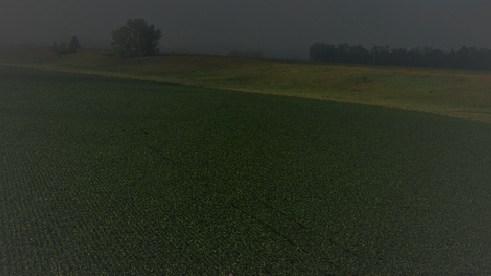
Stephen Leeds, Manager Chad Lynch, De-icing Sales
101 1st St Milo, IA 50166 1650 Quebec St
IA 50138
Office: 641-942-6223 Office: 641-828-8508